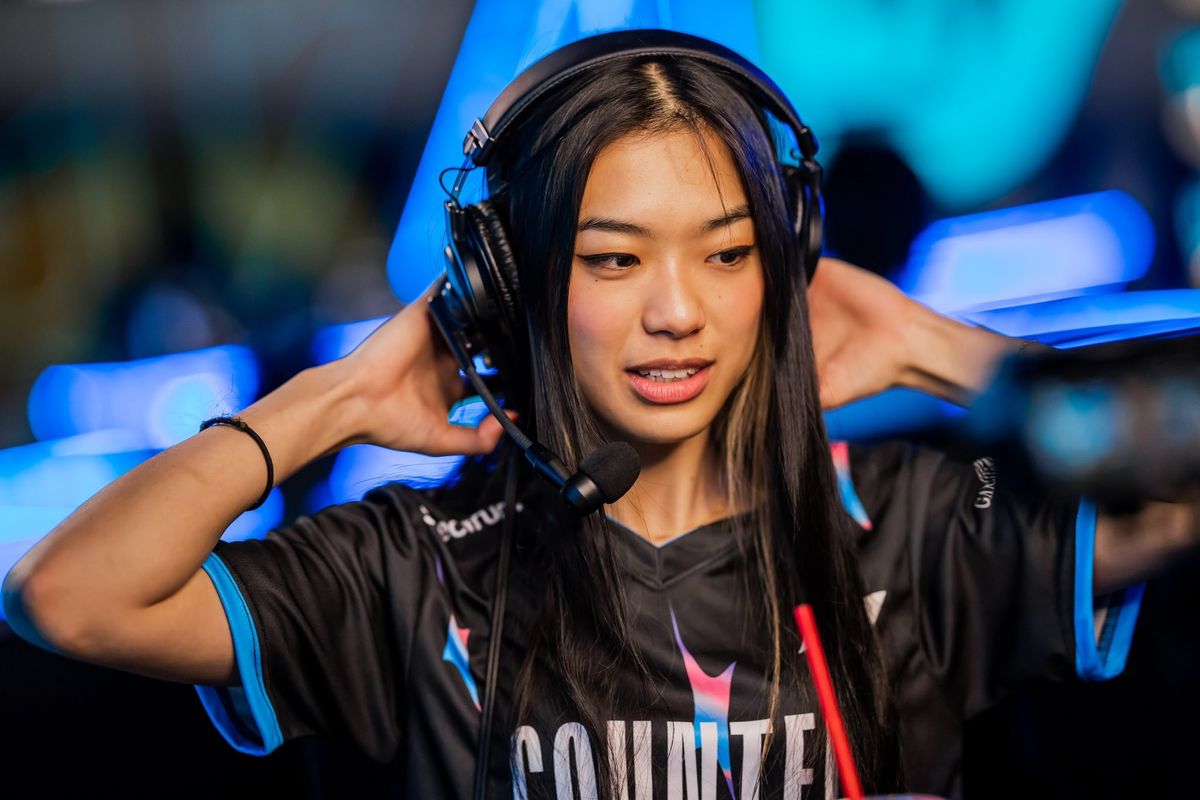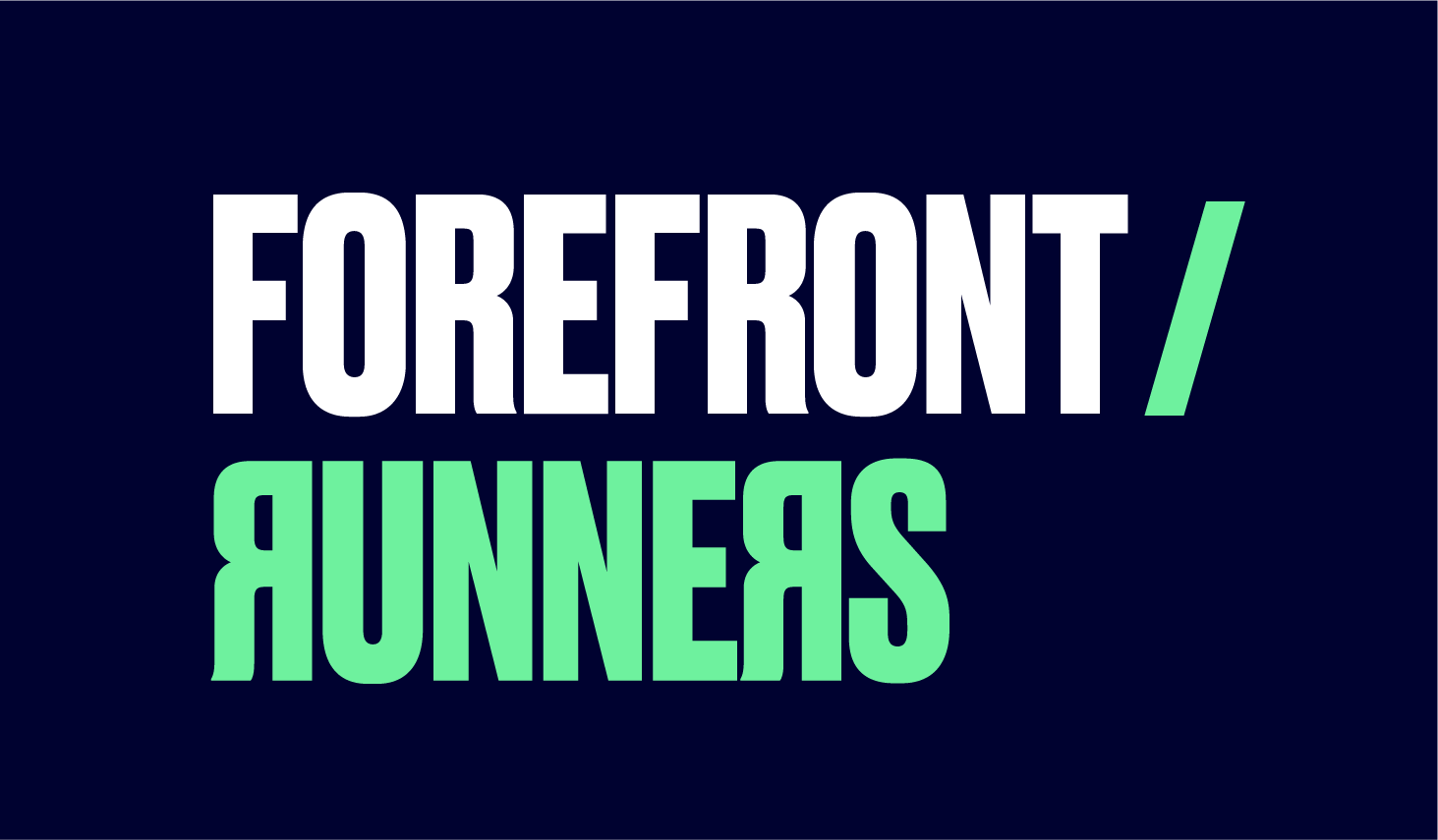The Role of Athletes As Content Creators.

In today's digital age, professional athletes have a unique opportunity to connect with their fans on a whole new level through the power of content creation. By embracing various strategies and tactics, athletes can not only amplify their personal brand but also cultivate a loyal and engaged community. From leveraging social media platforms to sharing behind-the-scenes moments, each step contributes to their journey as content creators. In this post, we will explore ten powerful ways in which professional athletes can become exceptional content creators, captivating their audience and leaving an indelible mark on the digital landscape. Let's dive in!
1. Embrace Social Media Platforms: Athletes should establish a strong presence on popular social media platforms like LinkedIn, Instagram, Twitter, YouTube, TikTok, or Facebook. These platforms provide a wide reach and offer various content formats to engage with their audience effectively.
2. Define Their Brand: Athletes should define their personal brand by identifying their unique qualities, values, and interests. This helps them create content that aligns with their brand identity and resonates with their target audience.
3. Tell Their Story: Athletes should leverage their journey, experiences, and challenges to tell compelling stories. Sharing personal anecdotes, triumphs, setbacks, and moments of perseverance can create emotional connections with their fans.
4. Document Behind-the-Scenes: Providing glimpses into their daily lives, training routines, and preparation for games or competitions gives fans an exclusive look into their world. This can include sharing training videos, locker room banter, or insights into their recovery and nutrition routines.
5. Engage with Fans: Responding to comments, direct messages, and engaging in conversations with fans helps athletes build a loyal and supportive community. Q&A sessions, live streams, or creating dedicated hashtags for fans to share their experiences can foster interaction and strengthen the athlete-fan relationship.
6. Collaborate with Brands: Athletes can collaborate with brands and create sponsored content that aligns with their personal brand and resonates with their audience. This can include promoting products, sharing personal endorsements, or participating in brand campaigns.
7. Explore Different Content Formats: Athletes should experiment with different content formats such as photos, videos, blogs, podcasts, or vlogs to diversify their content offerings. This allows them to cater to different audience preferences and keeps their content fresh and engaging.
8. Consistency and Quality: Regularly posting high-quality content is essential for building a dedicated following. Athletes should aim to maintain a consistent content schedule while ensuring that the content they produce is well-produced, visually appealing, and reflects their brand standards.
9. Collaborate with Content Creators: Collaborating with other content creators, both within and outside the sports industry, can help athletes expand their reach and expose them to new audiences. This can include joint videos, interviews, or participating in podcasts or guest blogging.
10. Continuous Learning and Improvement: Content creation is a skill that requires ongoing learning and improvement. Athletes should stay updated on the latest trends, study successful content creators, seek feedback, and adapt their strategies accordingly.

Status is online
